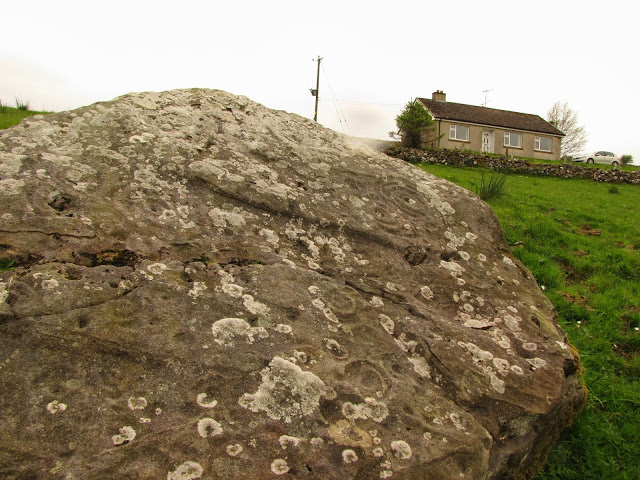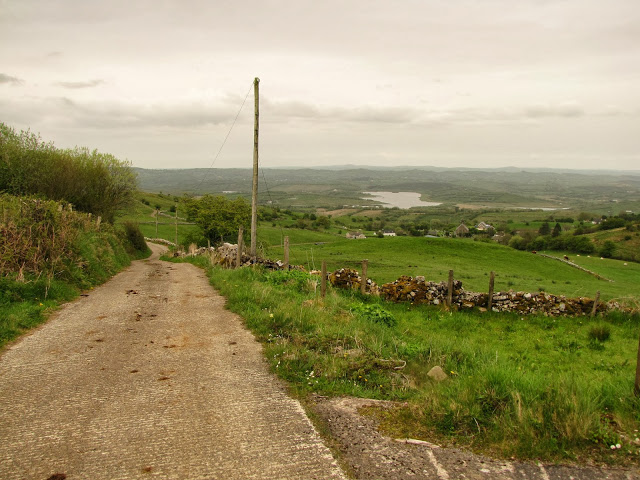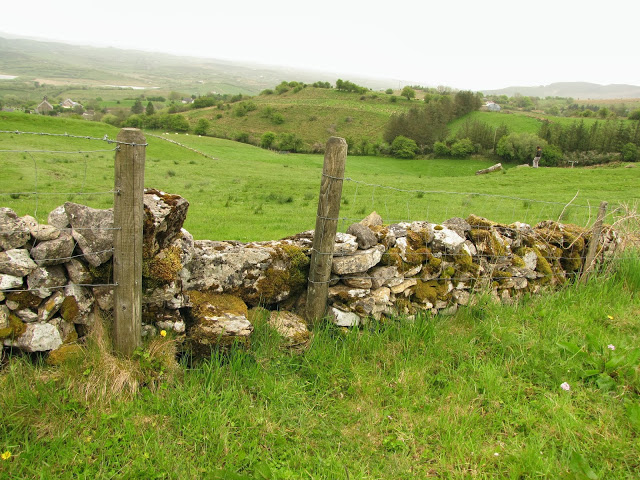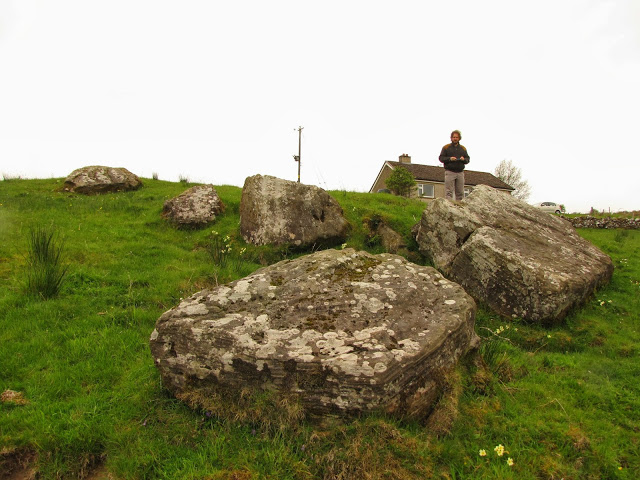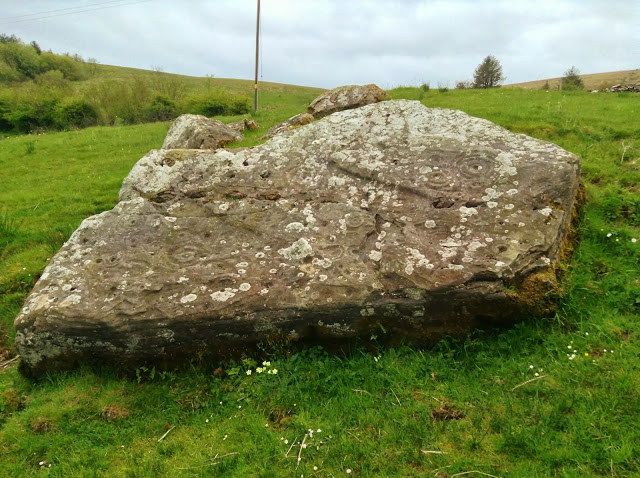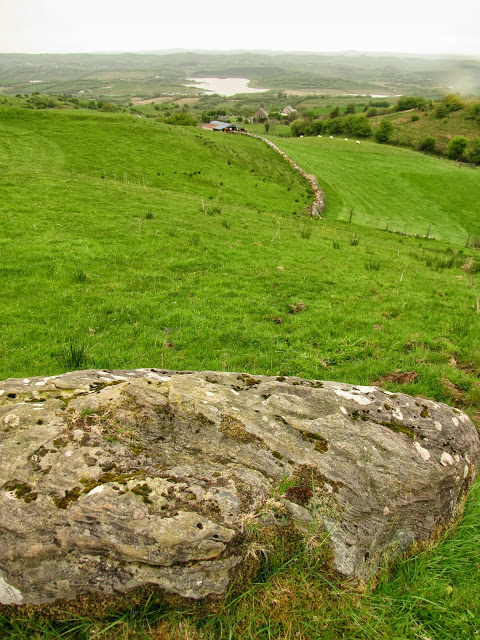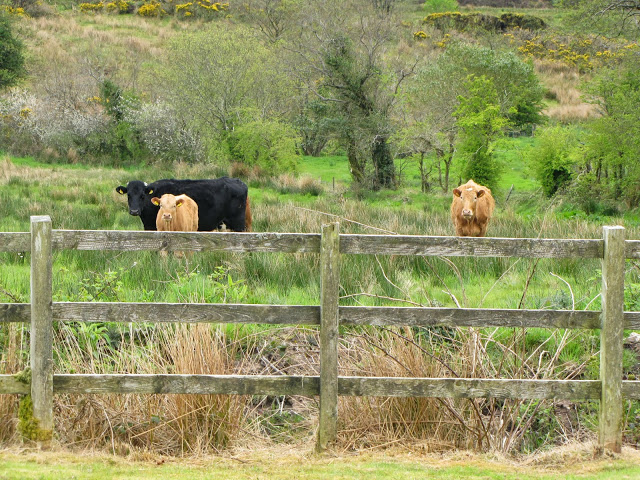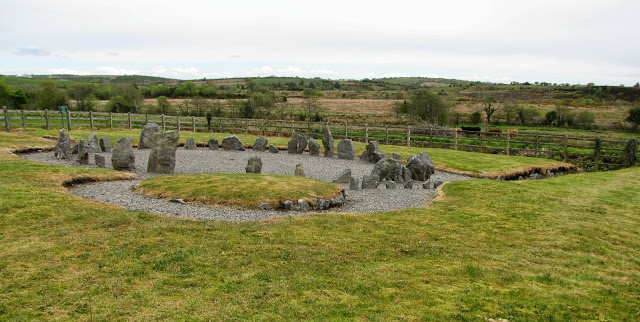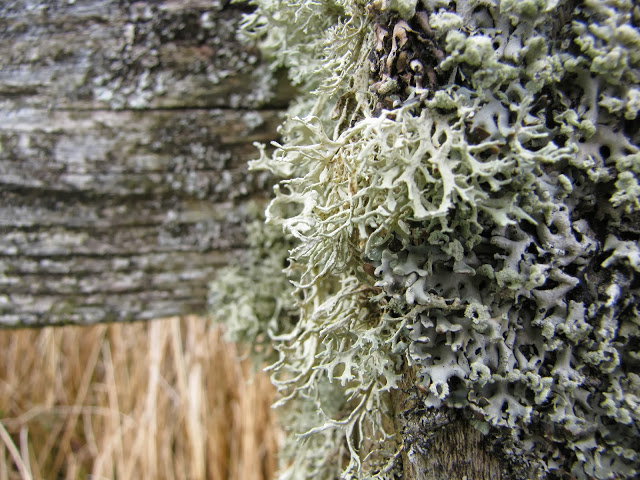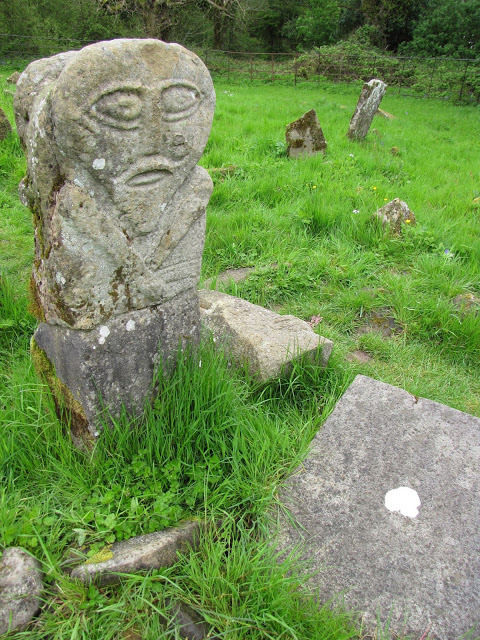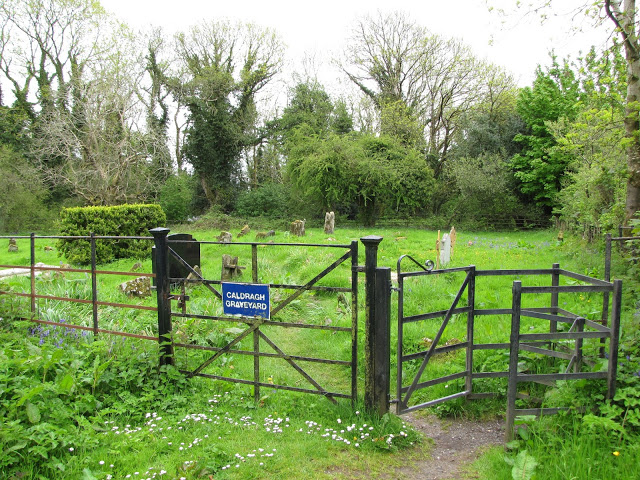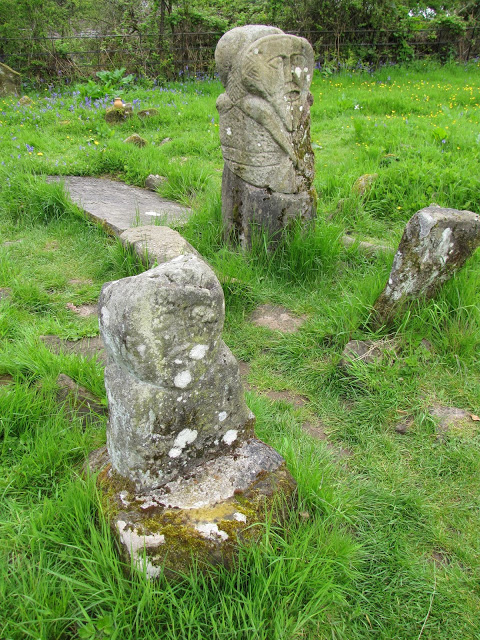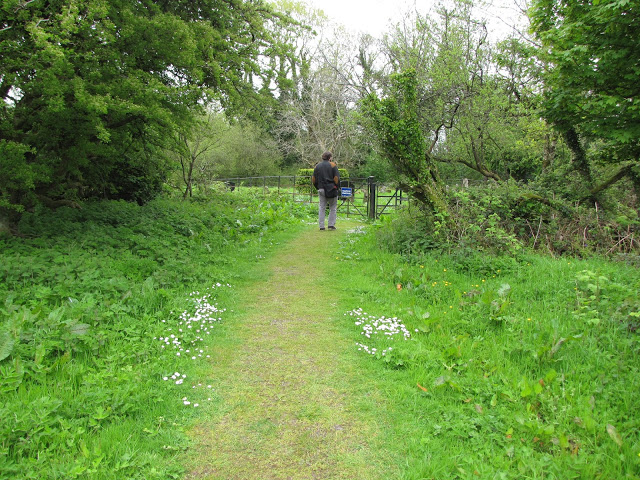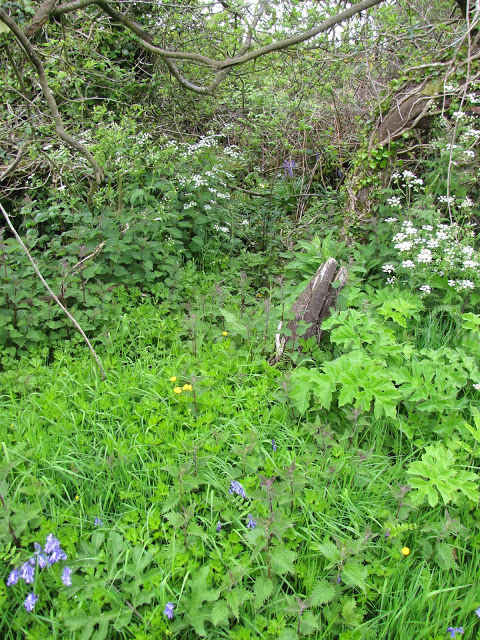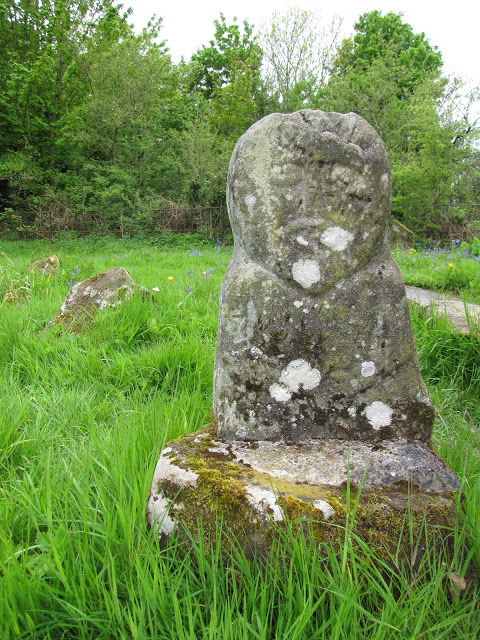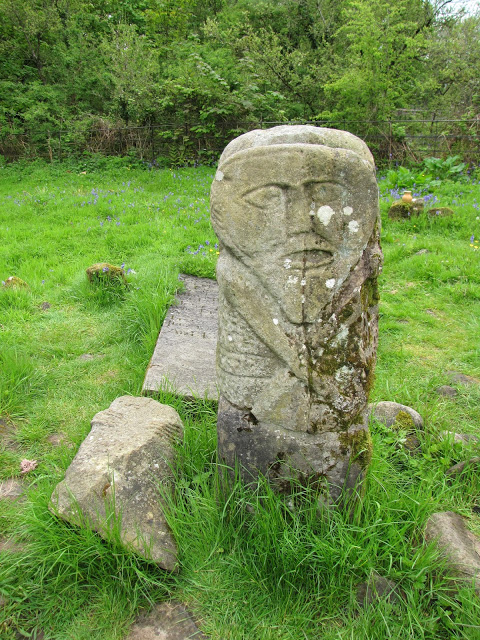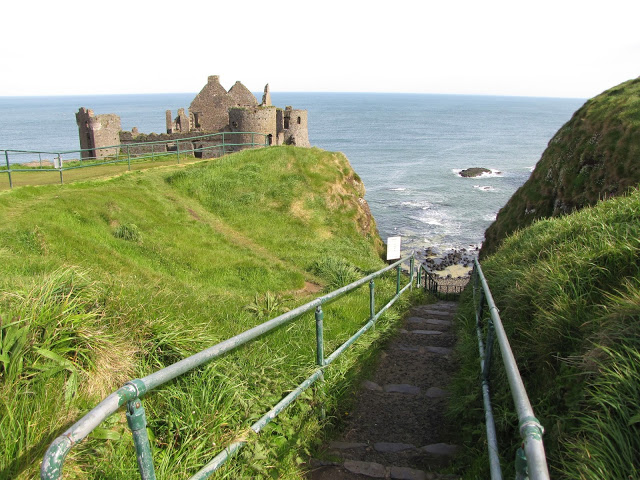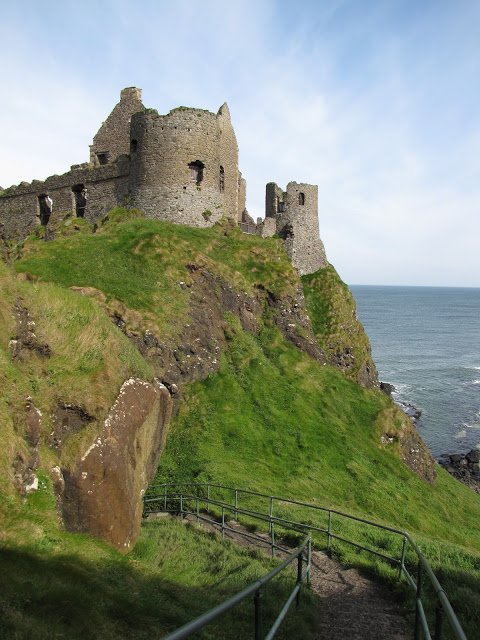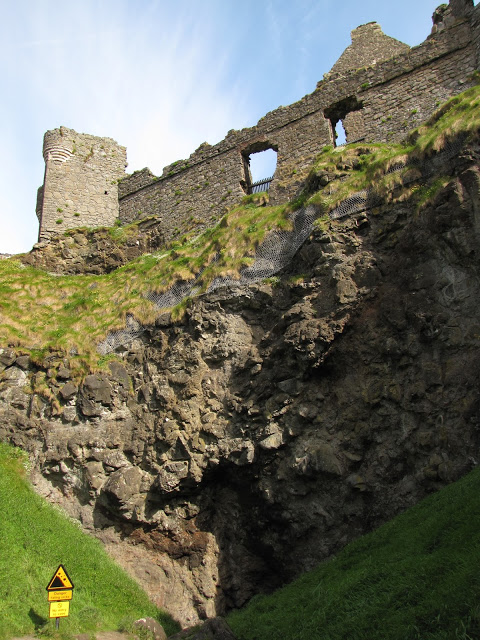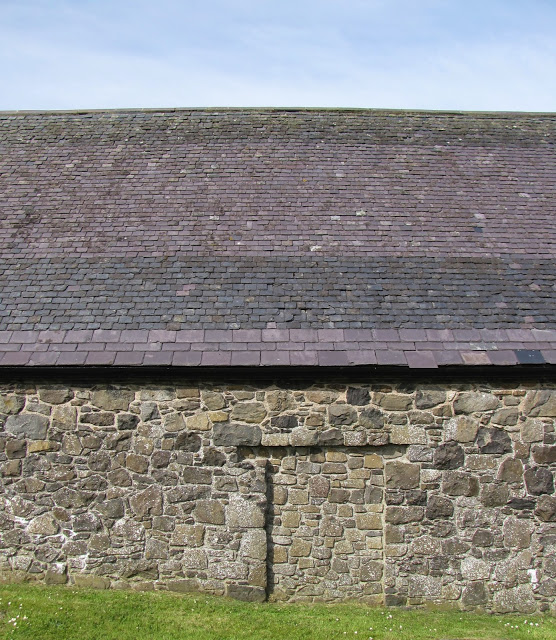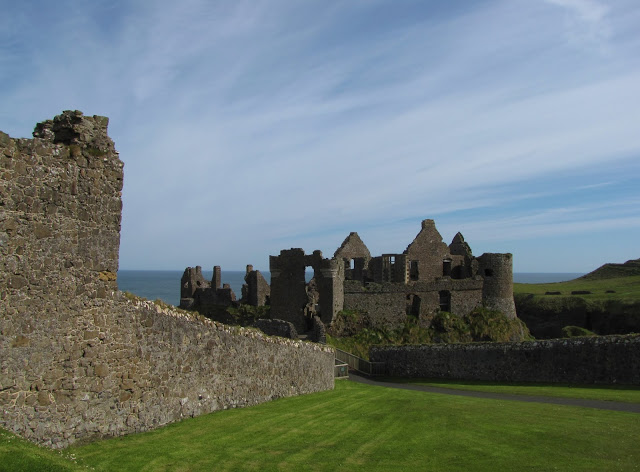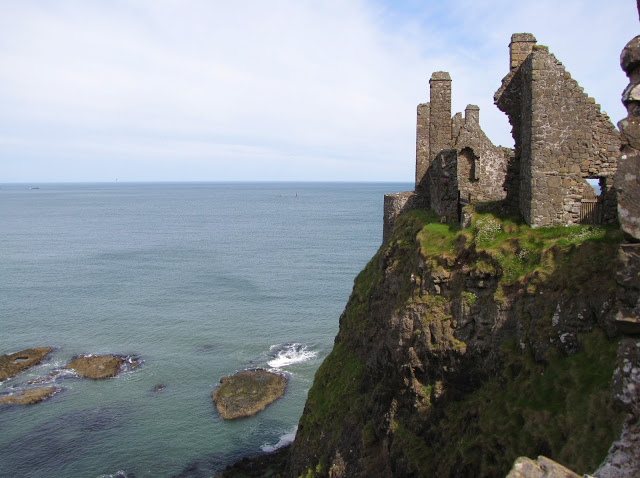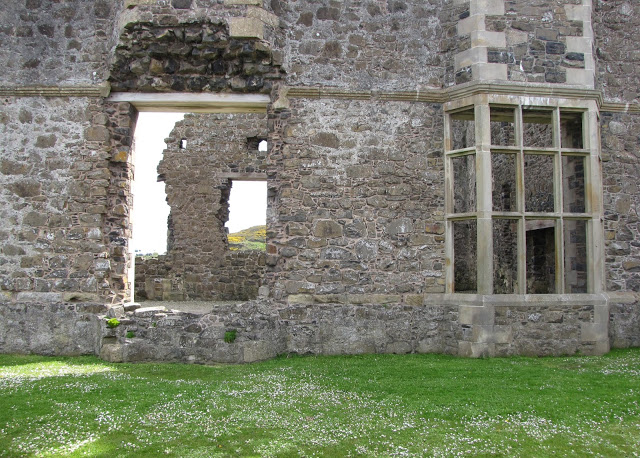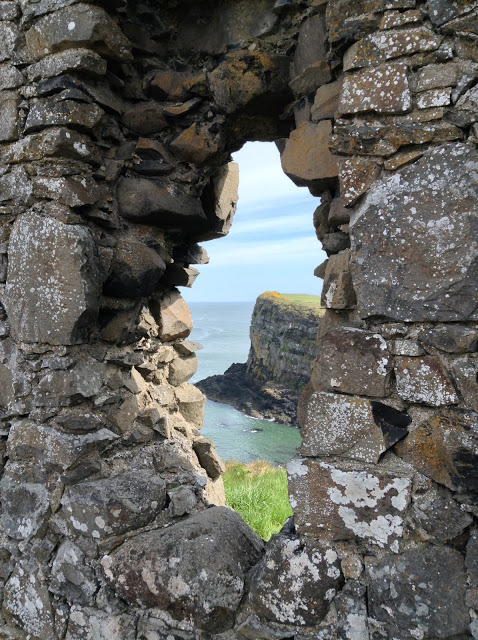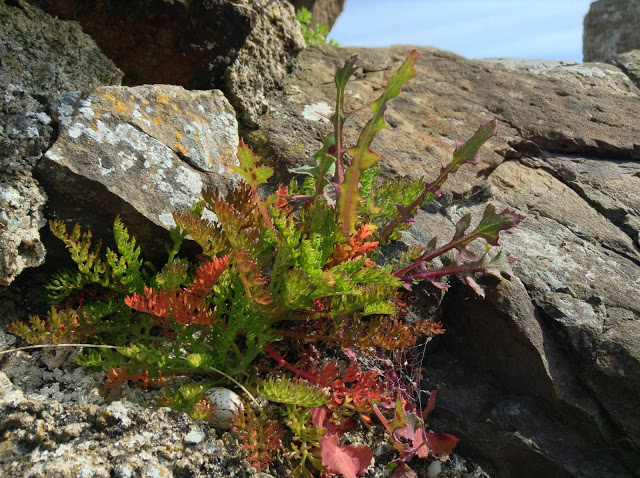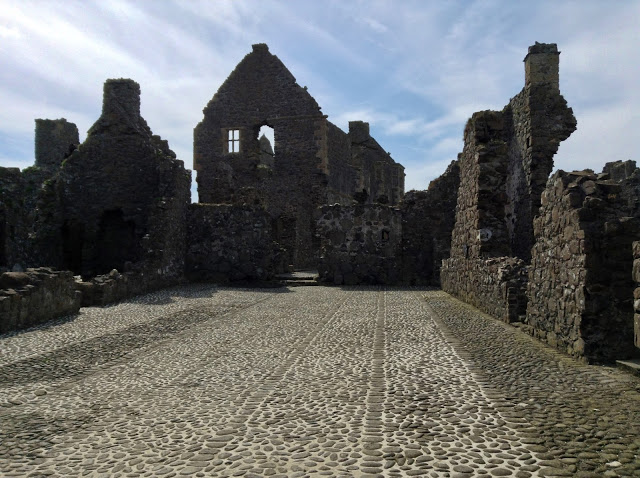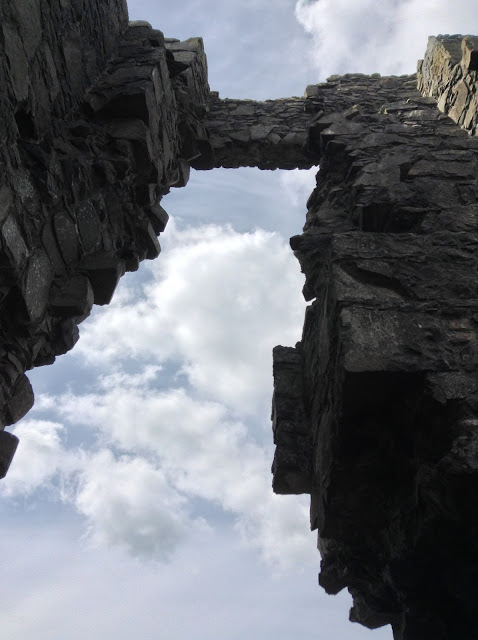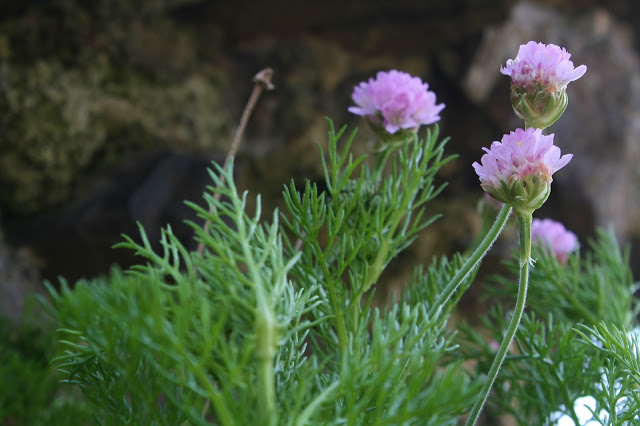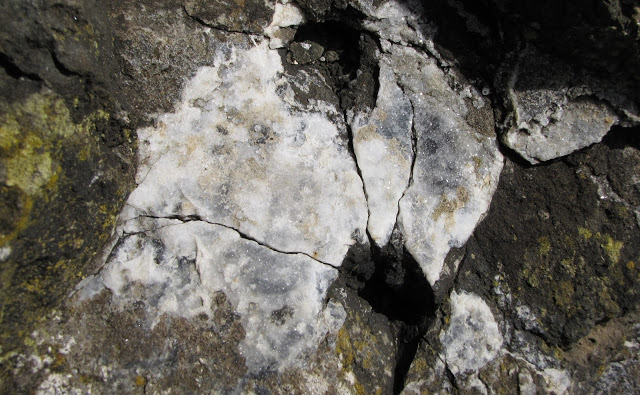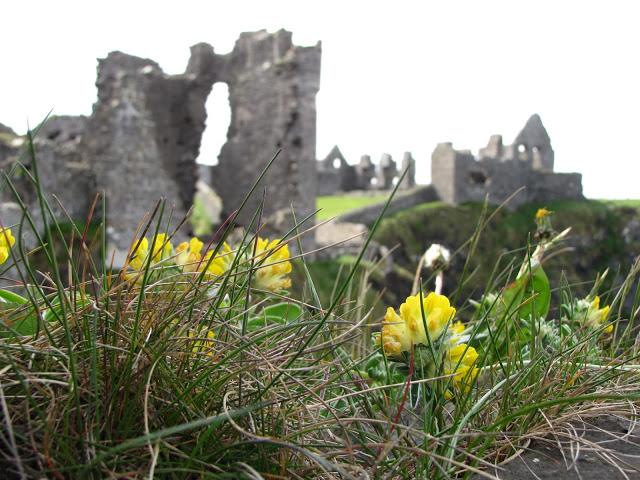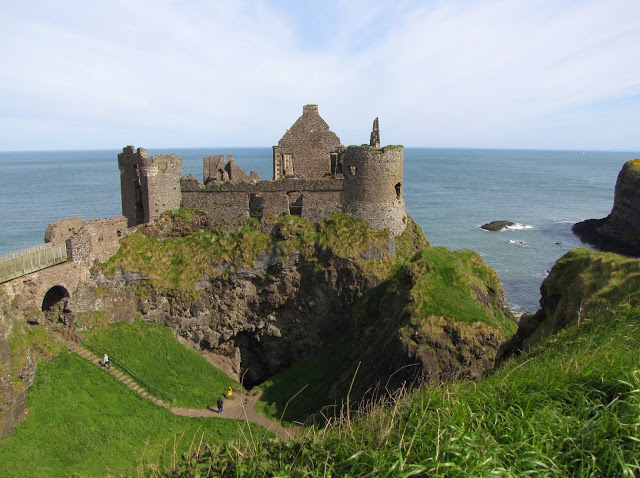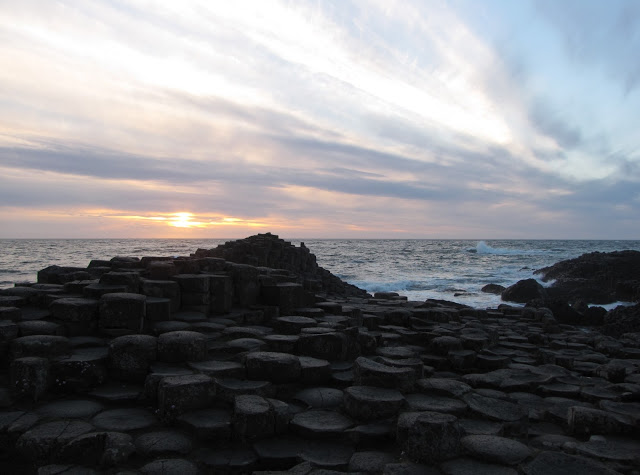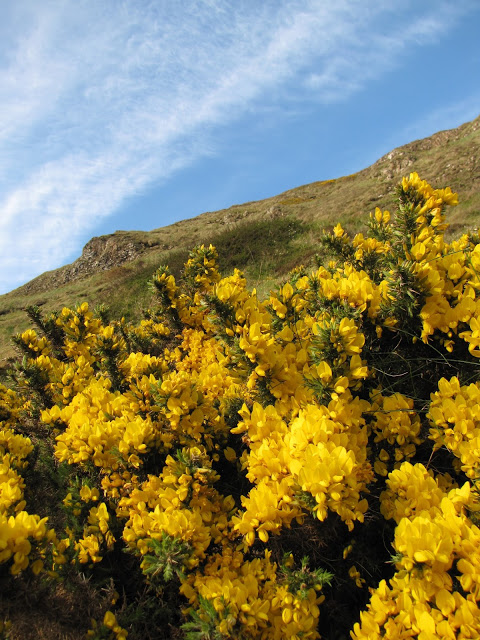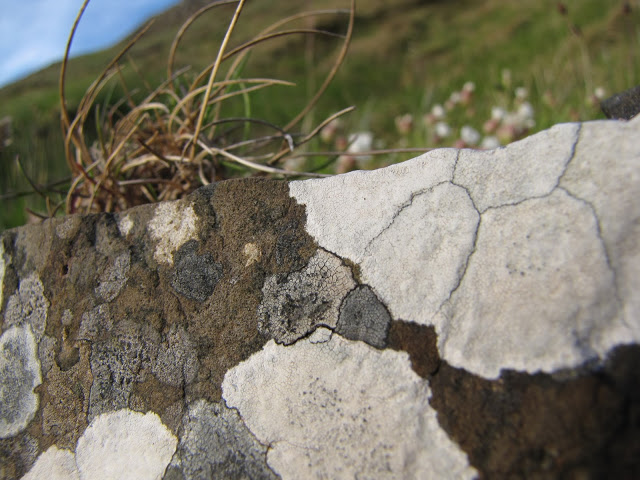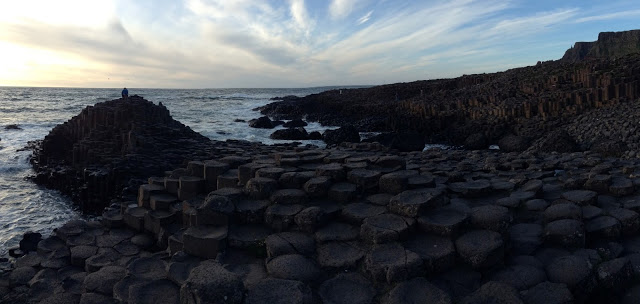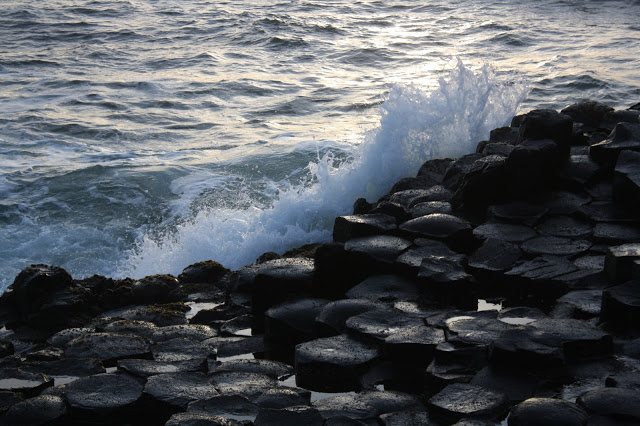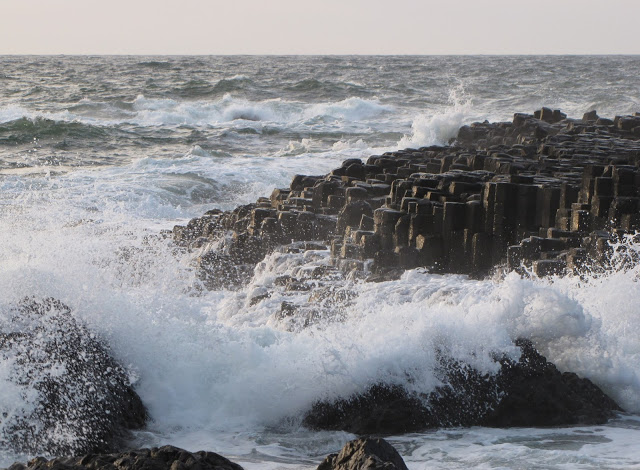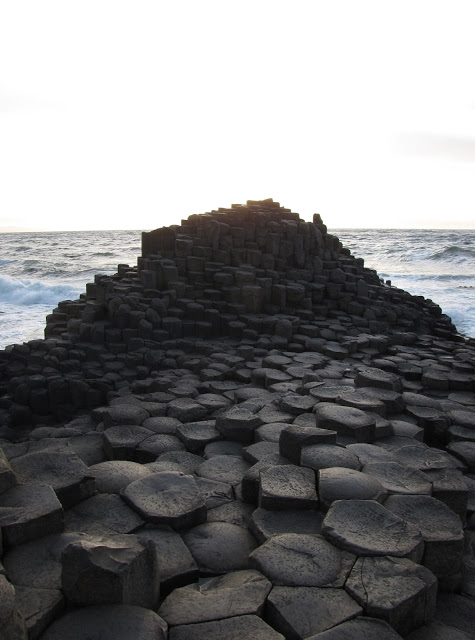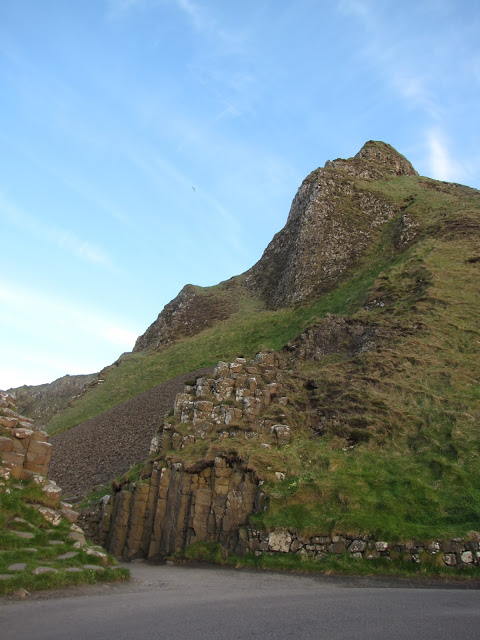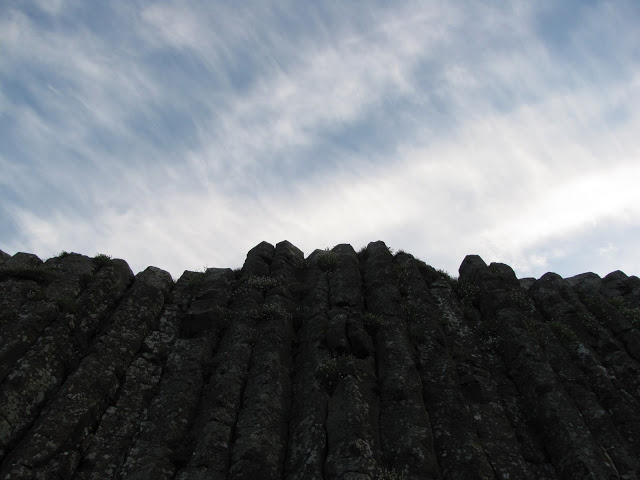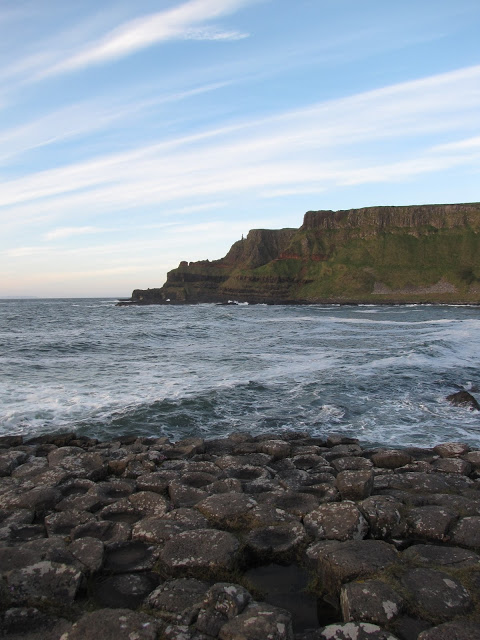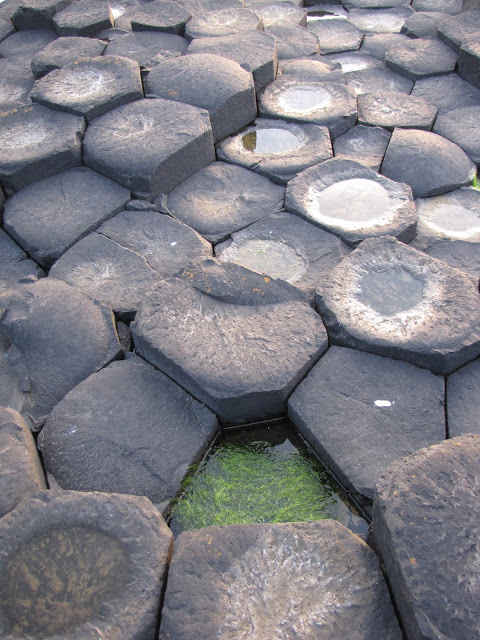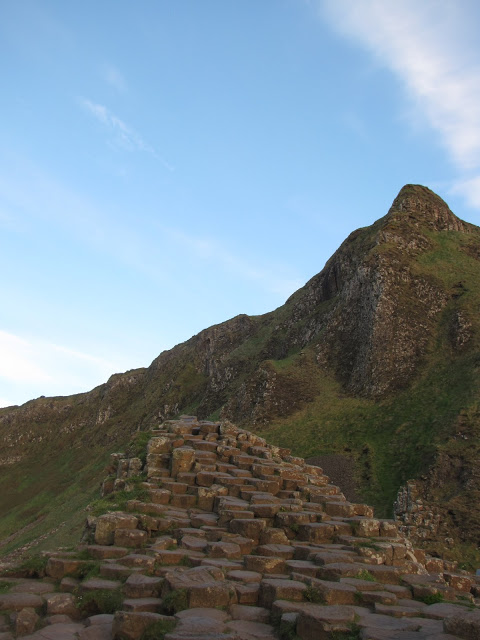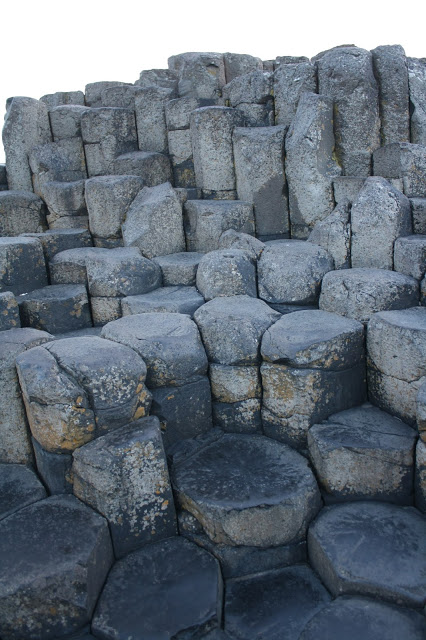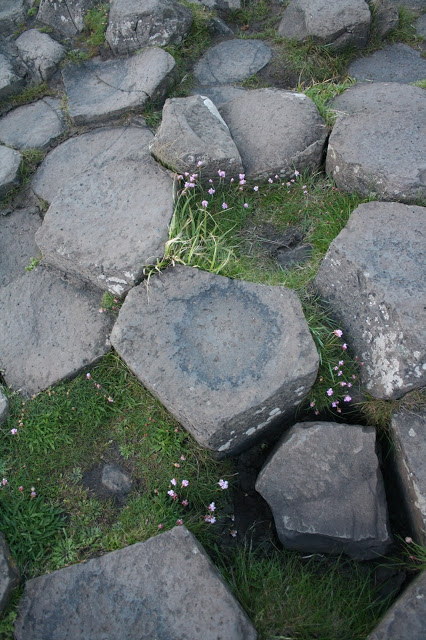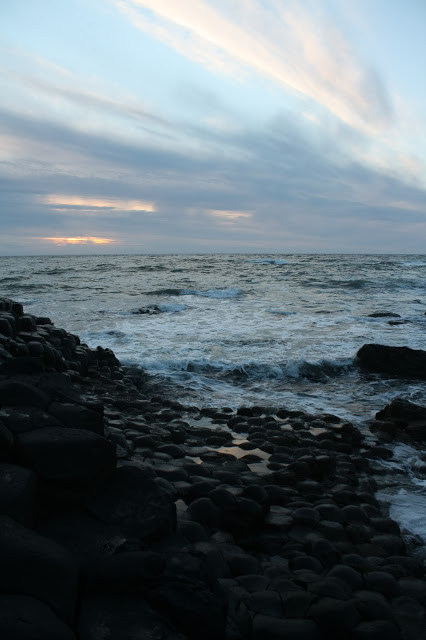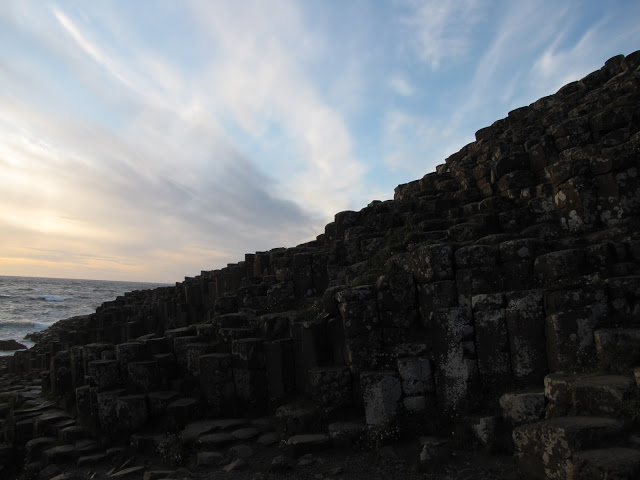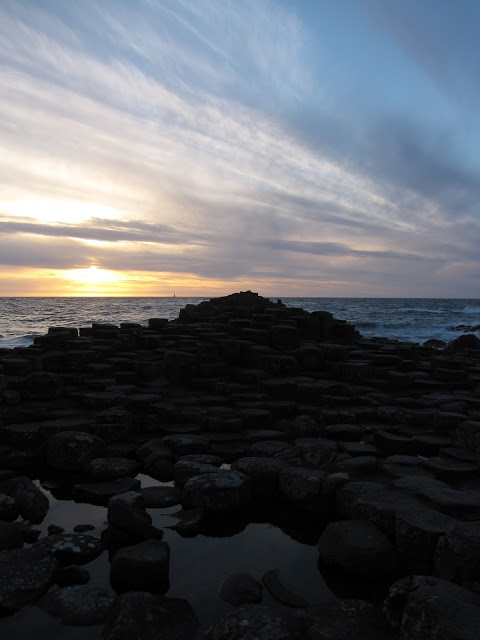With no signage for either the site or the landmarks leading up to it, the Neolitihic and Iron Age stones in Boho are easy to miss and difficult to find. Predating the megalithic art at Newgrange and Knowth by as much as 2000 years, the site is also a great stop for those who prefer their artifacts in situ and enjoy some challenge in their travels. For everyone else—particularly those short on time or who would prefer a bigger pay-off for less effort—the National Museum of Archaeology in Dublin has a fine collection of prehistoric art from the island.
We never would have found our destination without the directions posted by Jim Dempsey at Megalithic Ireland. Even with Dempsey’s helpful hints, we came very close to giving up the chase after realizing that the fields containing the megaliths were covered in stony outcroppings, several of which seemed to be possible candidates for the particular rocks we were searching for. However, having spent hours trying to locate the site, including some tense minutes driving up and then backing down the long, rough, single-lane road that serves as the only access to the area, we finally decided to park, find a way through a low wire fence, and wander towards the shiniest, flattest, most promising cluster of stones.
To our surprise, our series of hunches and hopes had in fact led us to our destination.
Walking around pasture land without permission is an expected activity in Ireland, but it still comes with its potential dangers, particularly from the livestock who (fairly) view tourists as trespassers on their territory.
After finishing up and remembering our last encounter with cattle, I decided to wait on the other side of the fence while Josh continued taking pictures. From this higher vantage point, I noticed a lone black cow moving stealthily towards Josh, watching him and stepping forward while his back was turned, then grazing disinterestedly whenever he turned around.
Freakin’ Irish ninja cows.
I encouraged Josh to finish up, and we were once again on our way towards the border of the two Irelands.
All photos by Renée DeVoe Mertz, May 25, 2013.
